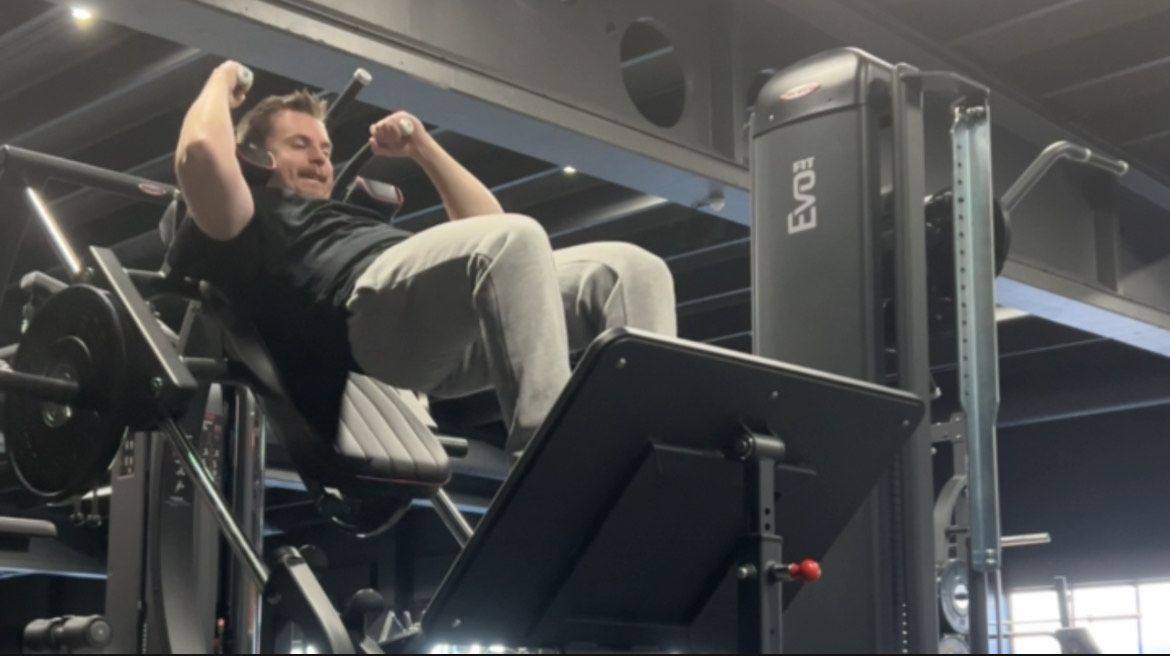How to progress in the gym
What is progressive overload?
In the realm of fitness and strength training, one principle stands out as a cornerstone for achieving optimal results: progressive overload. This concept revolves around the idea that in order to continually improve and make gains in strength and muscle size, you must gradually increase the demands placed on your body during exercise. By challenging your muscles to adapt to progressively heavier loads, you pave the way for continuous growth and improvement.
Understanding Progressive Overload:
Progressive overload is essentially the process of subjecting your muscles to increasing levels of stress over time. This can be achieved by manipulating various training variables, such as intensity, volume, frequency, and duration. The principle is rooted in the adaptation principle, which states that the body will adapt to the stress it is consistently exposed to. Therefore, to keep making progress, you must consistently push your body beyond its current capacity.
Examples of Progressive Overload:
Increasing Weight:
One of the most straightforward ways to apply progressive overload is by gradually increasing the amount of weight you lift. As your muscles adapt to a certain weight, you challenge them further by adding additional resistance. For example, if you have been squatting 100 pounds for 8 repetitions, you might increase the weight to 110 pounds for the next workout. This added resistance prompts your muscles to adapt and grow stronger.
Adding Sets and Repetitions:
Manipulating the volume of your workouts is another effective way to implement progressive overload. You can achieve this by adding more sets, repetitions, or both to your exercises. For instance, if you have been performing 3 sets of 10 repetitions for a particular exercise, you could progress to 4 sets of 12 repetitions in the next session. This increased workload challenges your muscles in a new way, fostering growth and strength development.
Reducing Rest Periods:
Another strategy to intensify your workouts and promote progressive overload is by reducing the rest intervals between sets. Shortening the rest periods forces your muscles to work harder and adapt to a higher level of fatigue. If you typically rest for 60 seconds between sets, try cutting it down to 45 seconds or even 30 seconds. This modification will elevate the intensity of your workout and contribute to the principles of progressive overload.
Conclusion:
In the pursuit of fitness goals, understanding and applying the principle of progressive overload is paramount. Whether you're a beginner or an experienced athlete, incorporating gradual increases in weight, sets, repetitions, or reducing rest periods will keep your workouts challenging and stimulating. By consistently applying these principles, you'll unlock your body's potential for continuous improvement, fostering strength gains and muscle growth over time. Remember, progressive overload is the key to unlocking your full fitness potential.











